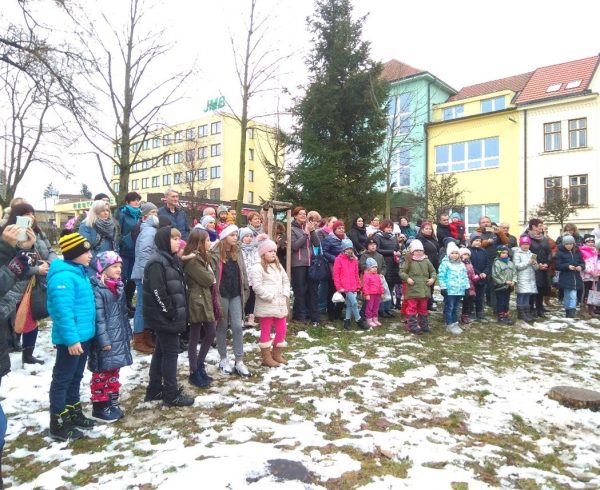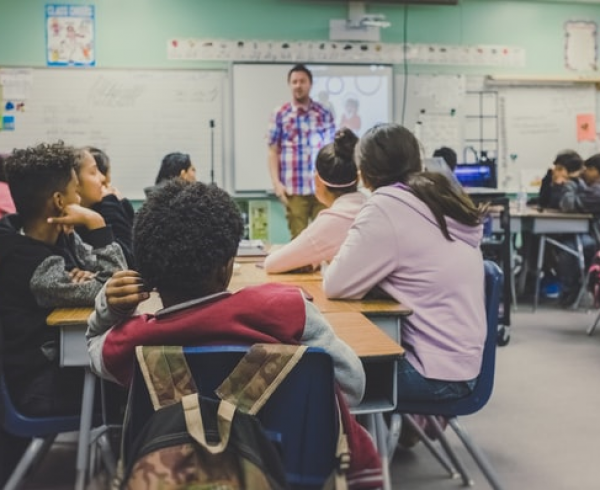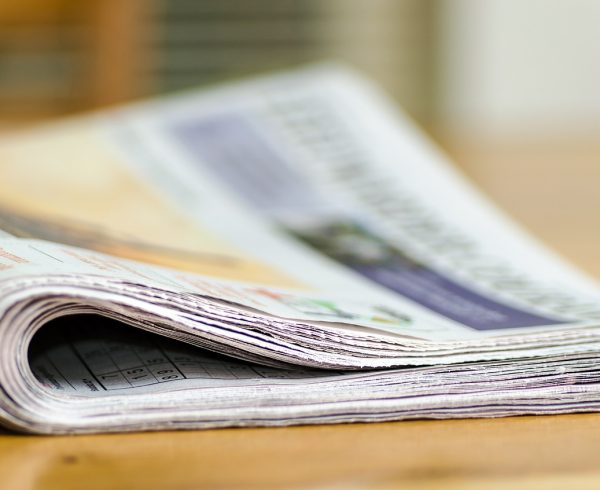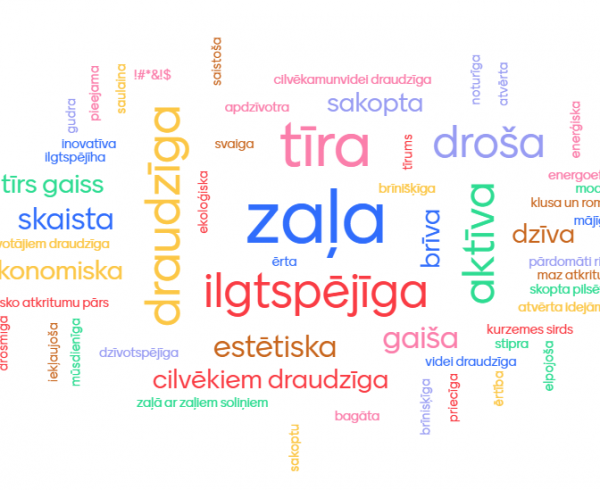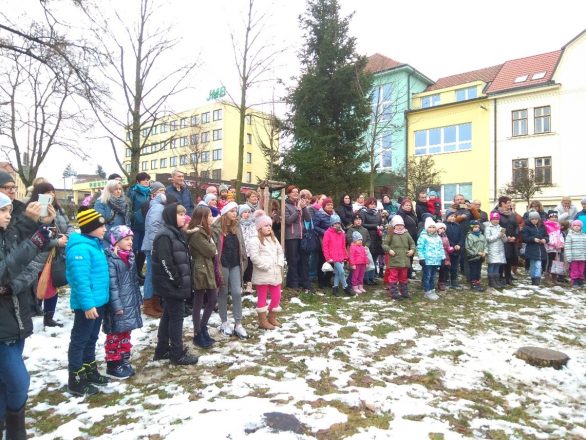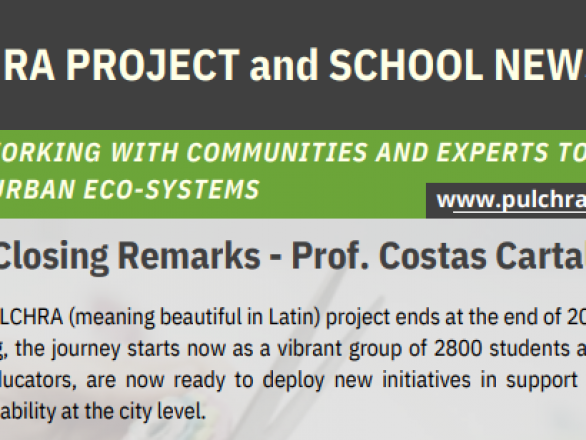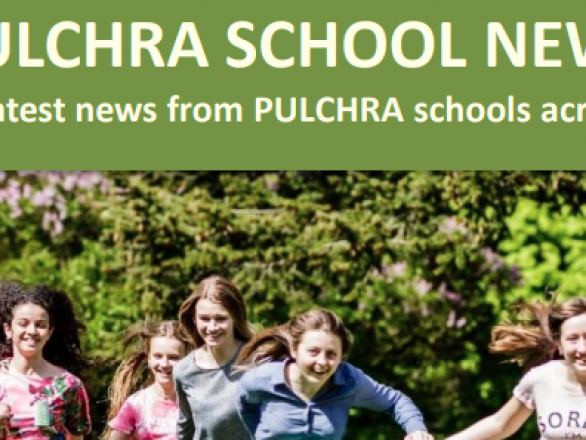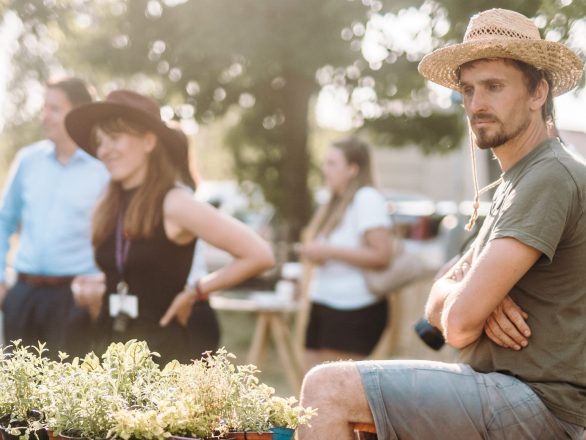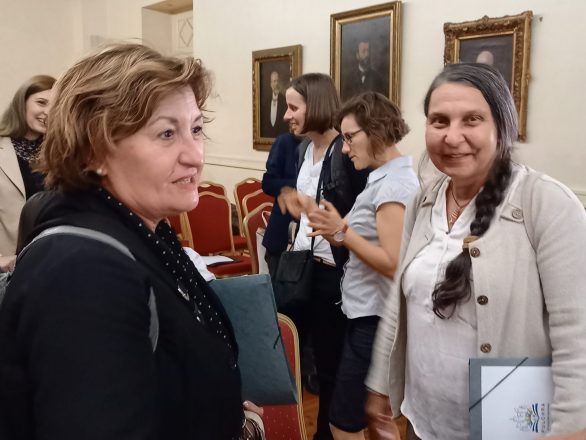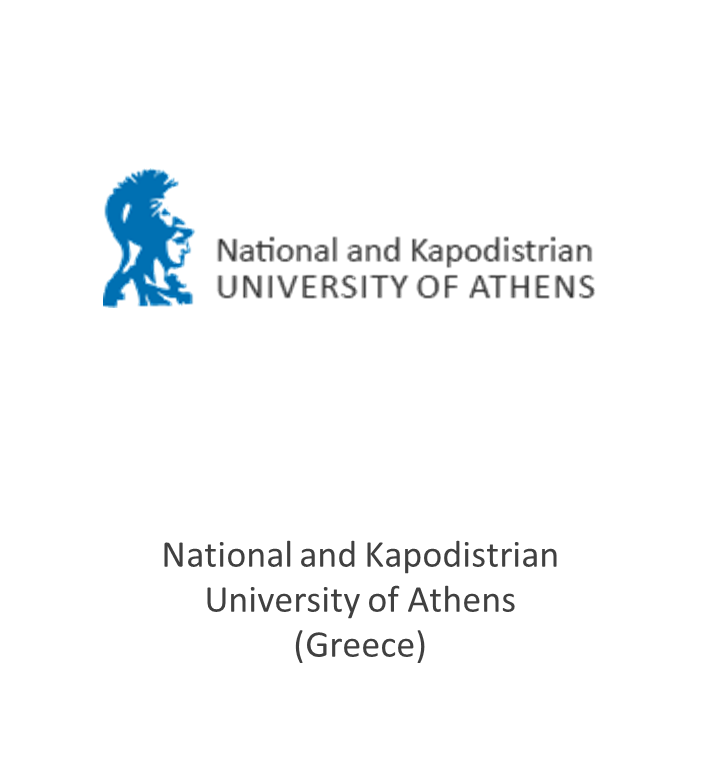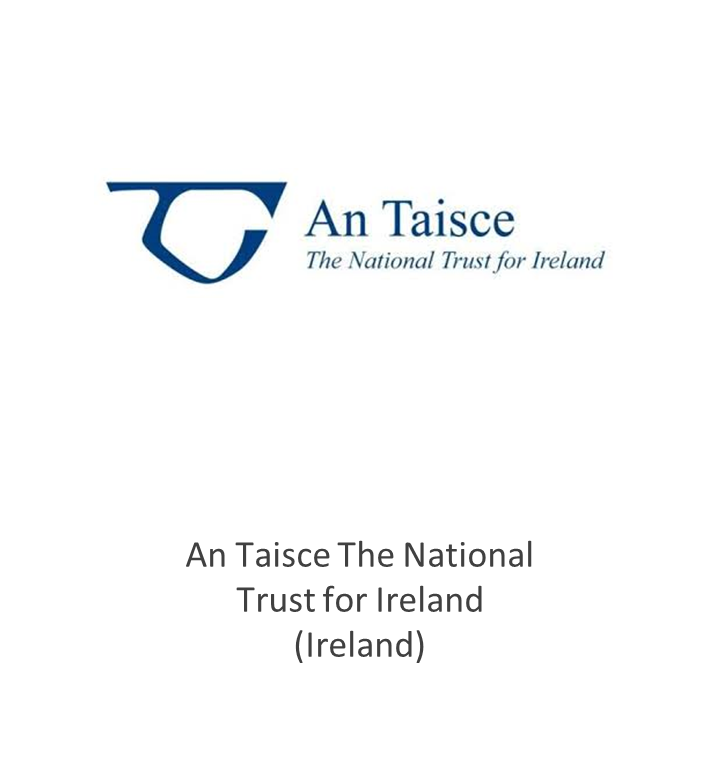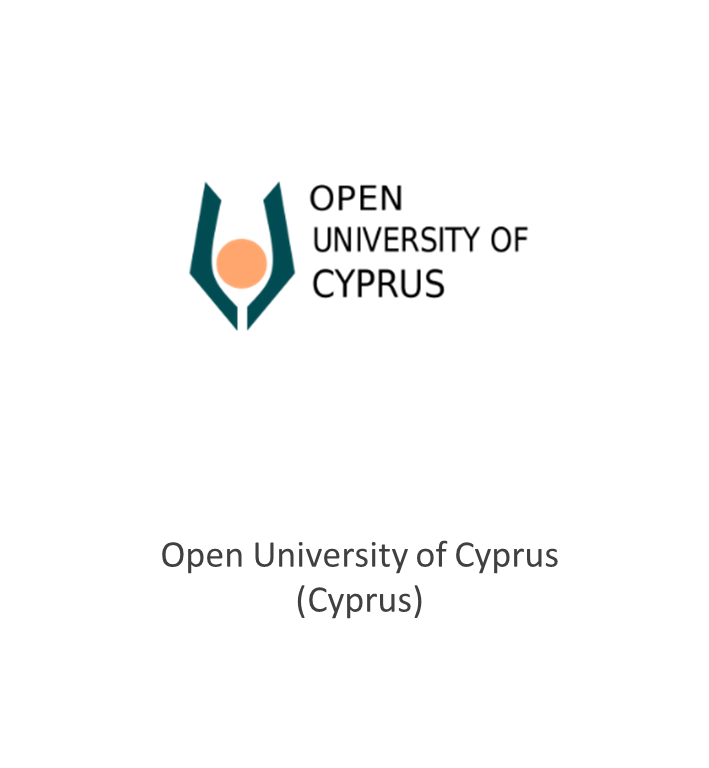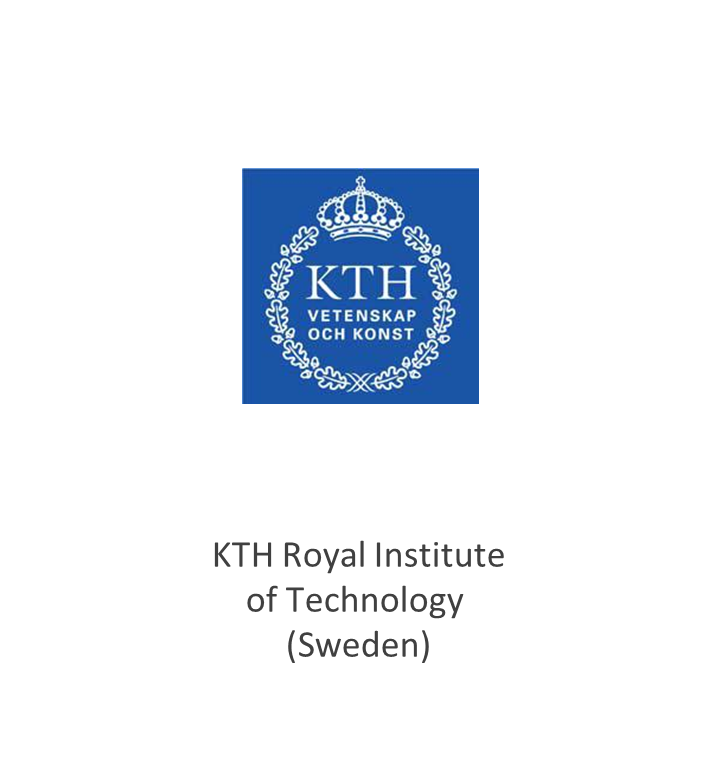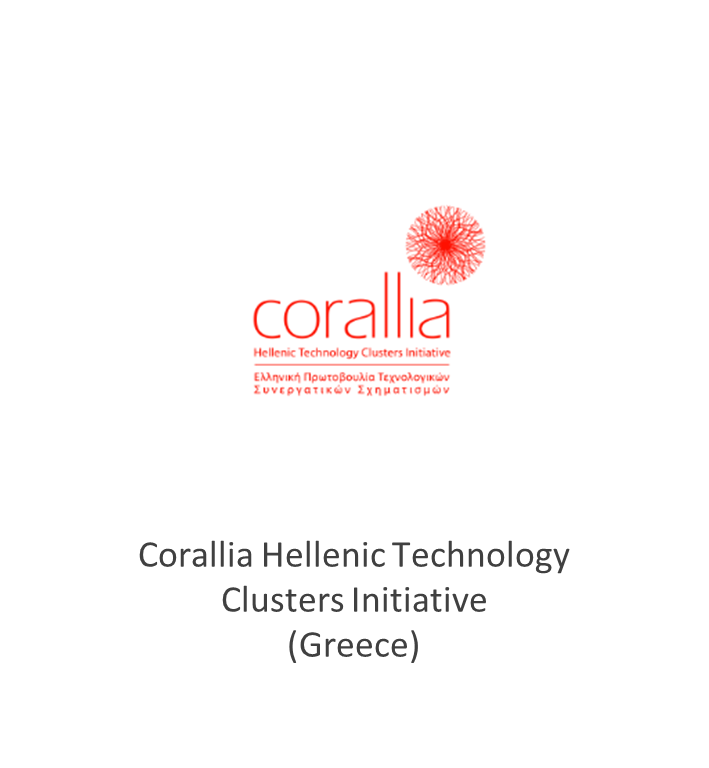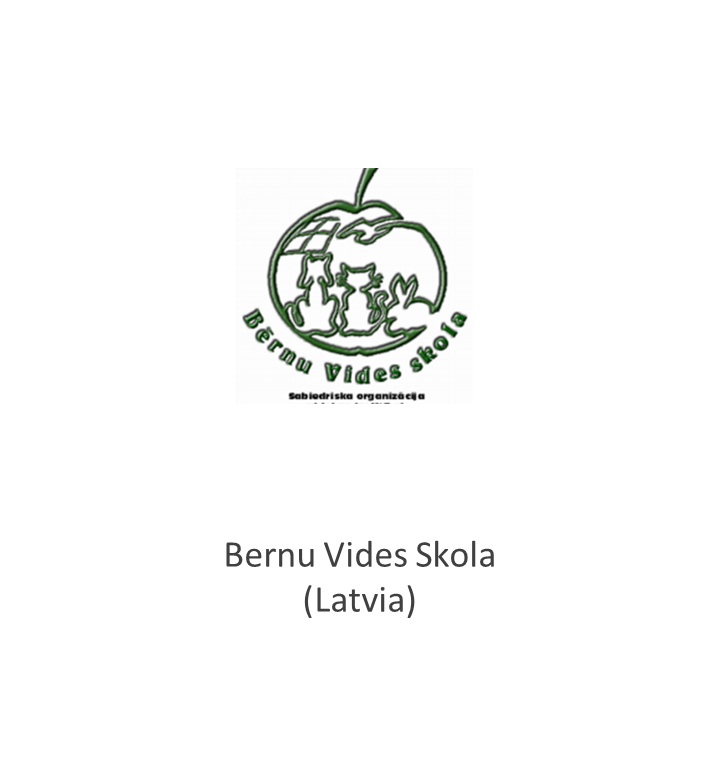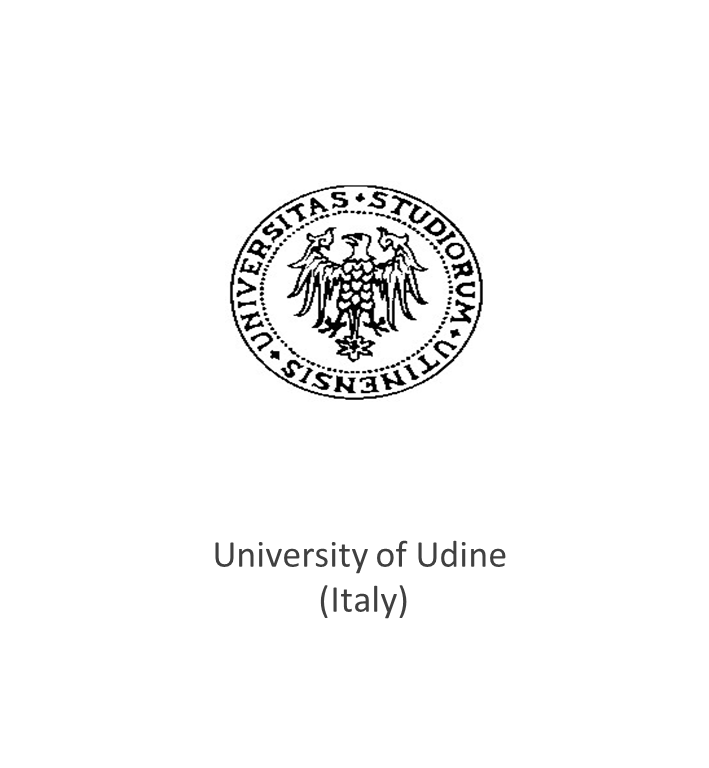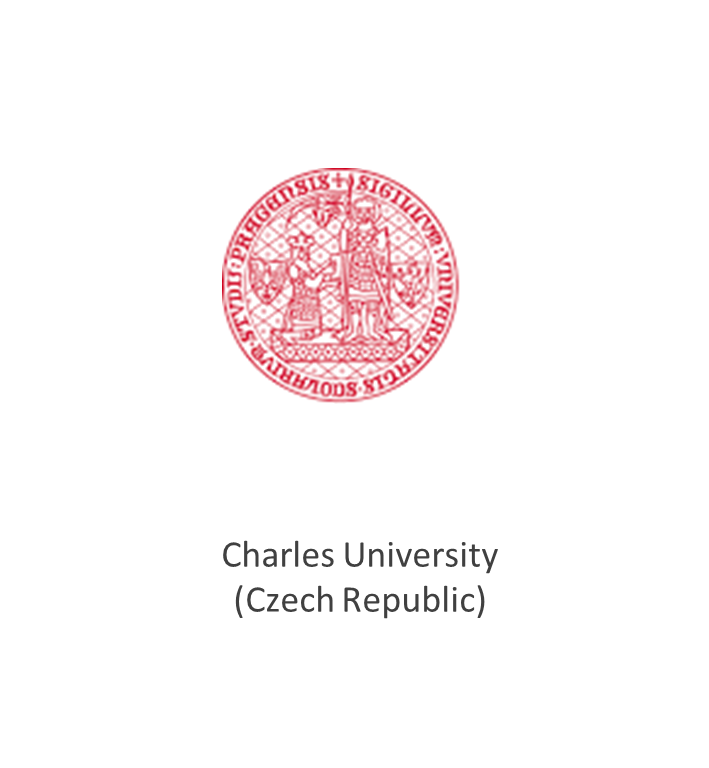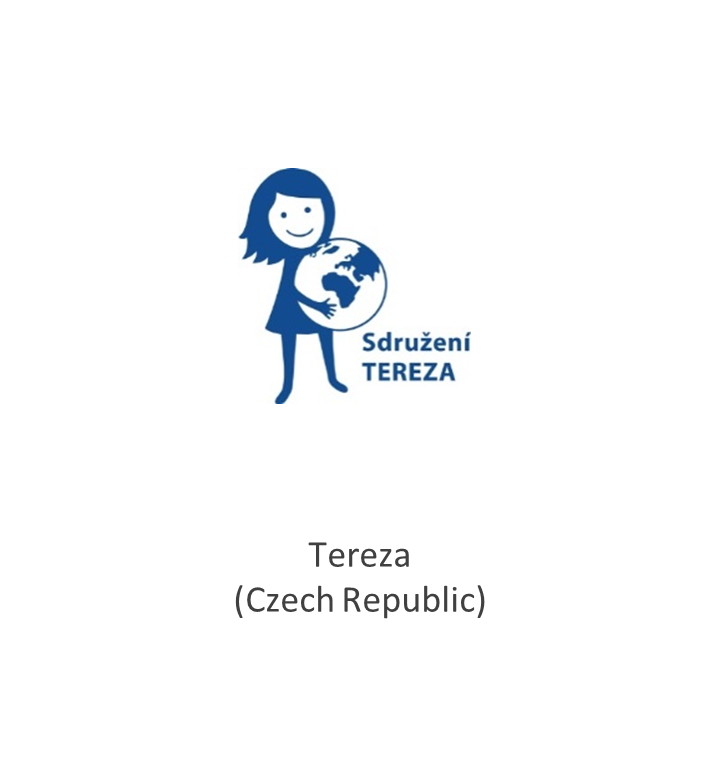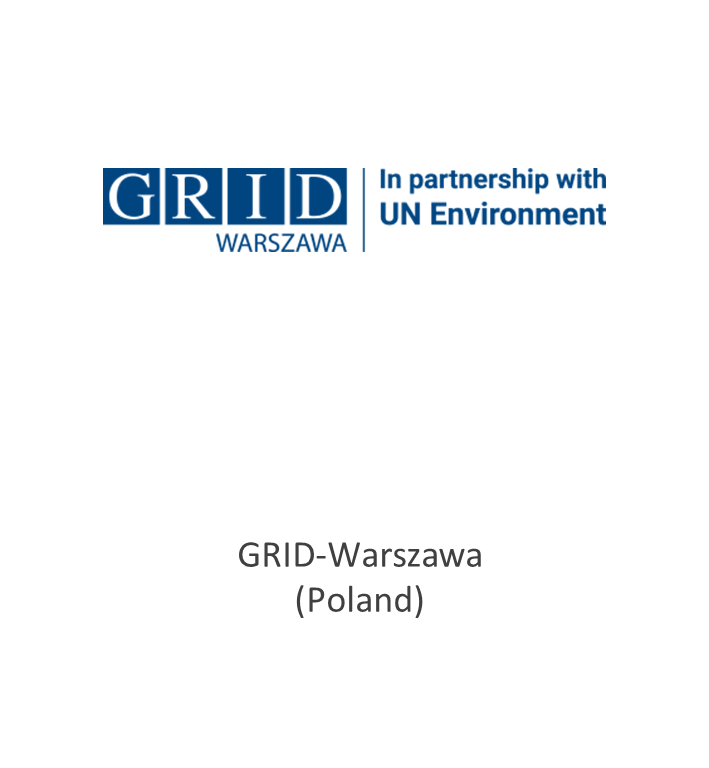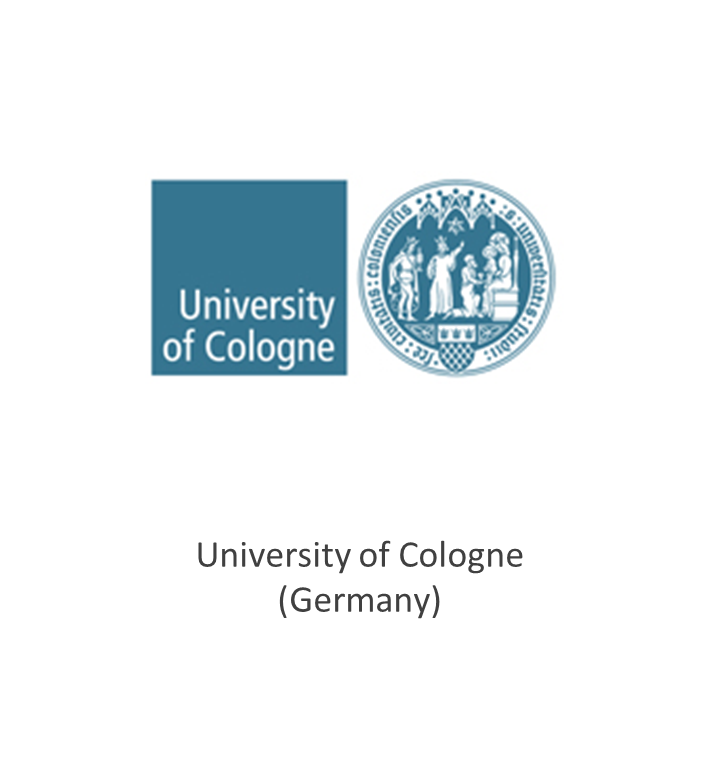This article was written by the PULCHRA City Reporters students from the Scientific High School “N. Copernico” of Udine (Italy).
We are the students of the 2Alsa and 3Alsa classes of the Scientific High School “N. Copernico” of Udine (Italy). Our PULCHRA project aims to preserve and favor the biodiversity in the city through the study of pollinating insects and the host plants. Before starting our practical activities we followed the seminars held by the professors of the University of Udine to learn how to recognize insects, plants and the importance of biodiversity in the city.
Not even the Covid pandemic stopped us, we worked from home with distance learning by collecting photos of insects and plants in order to recognize them and study the pollinators and plants they use. In addition, we have analyzed the available materials that can be used to build bug hotels and tried to build them. All photos of our activities are collected in different padlets:
- one specific for botany https://padlet.com/nadiagambon/3c6tsz6xjiqipx6q
- one for entomology https://padlet.com/nadiagambon/w9gjmq00p 7qy15yg
- one relating to bug hotels https://it.padlet.com/nadiagambon/judyvhnem6hn3yit
At school, we built bug hotels with very simple materials (figure 1): straws of different diameters and materials, tape, twine, bark, hay, tin cylinder.
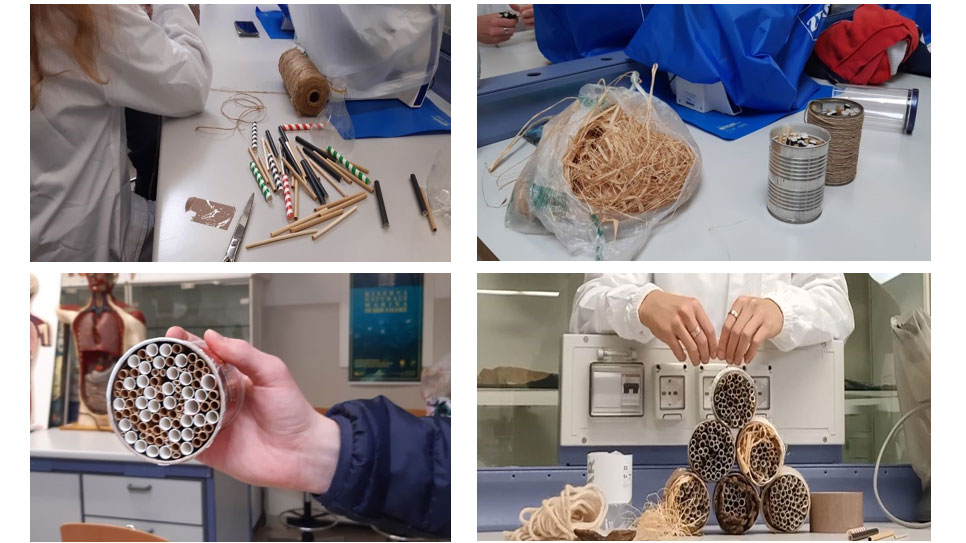
Figure 1
We also learned how plant communities are characterized and how to recognize plants (figure 2). During the outdoor class on May 4, 2021 we learned a lot of very important and useful concepts for our project: environment, biodiversity and parameters/indices to measure it, sampling unit (figure 3), plant communities, ecological response, homogeneity of vegetation, abundance of habitats and species.
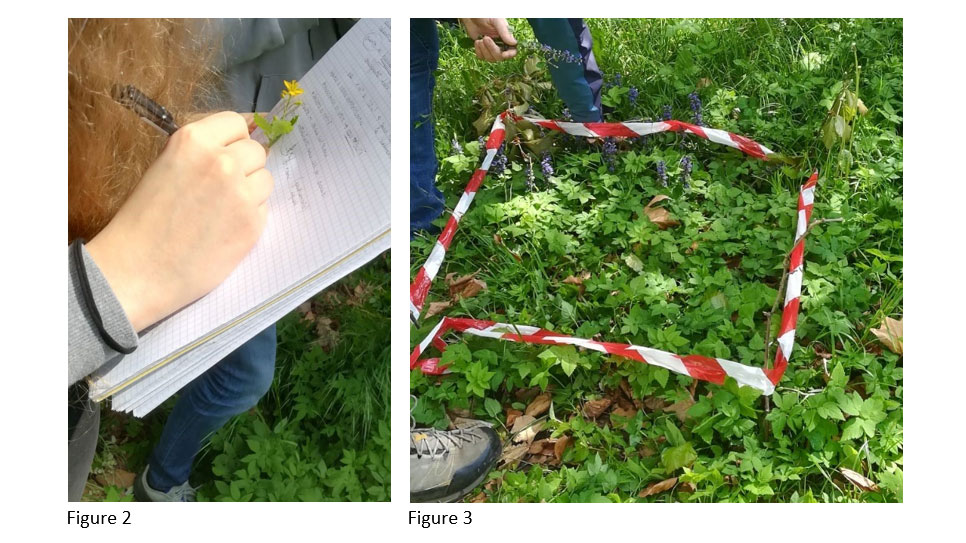
To improve the garden of our school and make it suitable for the life of pollinators we need to study the vegetation present, so the next activity will concern the botanical surveys.
We will study also where to place bug hotels in the school garden and whether to plant new species of plants or a hedge. We will monitor our bug hotel and the insects that visit our flowers, for this purpose we have already created a monitoring table (table1) for our bug hotels.
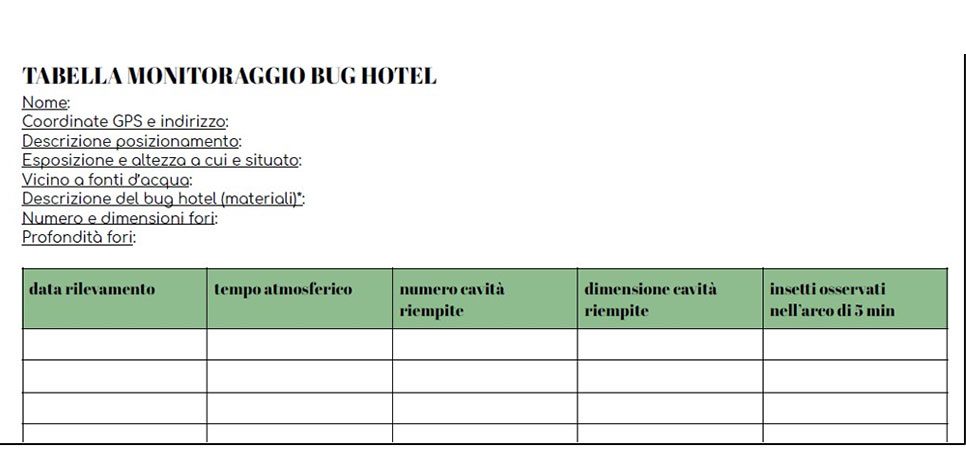
Table 1. Monitoring table of a bug hotel. The important data to be evaluated are: GPS coordinates, description of positioning, exposure and height at which it is located, near water sources, description of the bug hotel (materials), number and size of holes, depth of holes, date of observation of insects, weather conditions, insects observed within 5 minutes.
Future intentions: we would like to distribute a kit (bug hotel built, plant seeds useful for pollinators, descriptive sheet, etc.) to other schools and associations to encourage the community to use them in order to favor the presence of pollinators and the importance of the biodiversity in the city.



